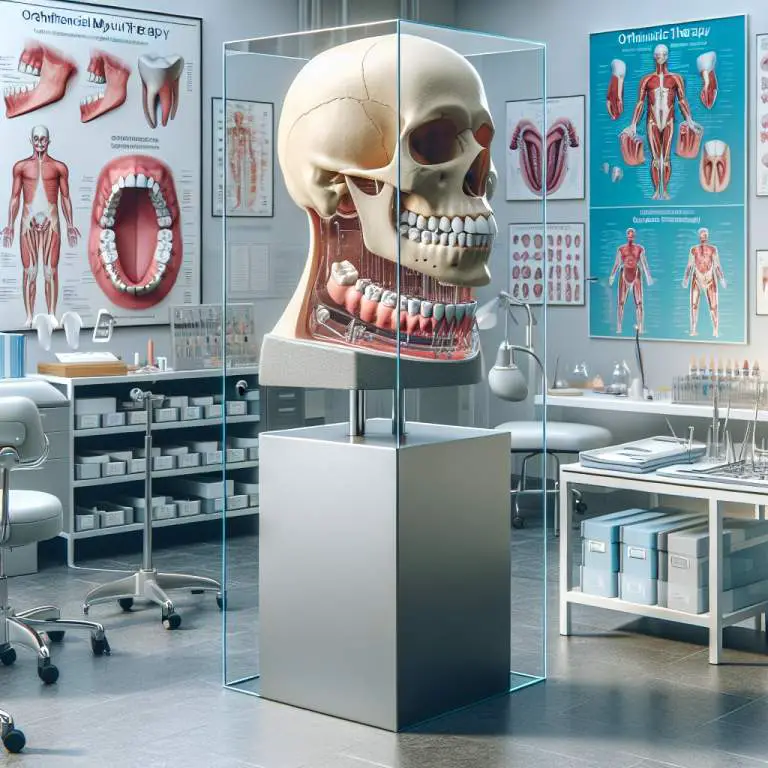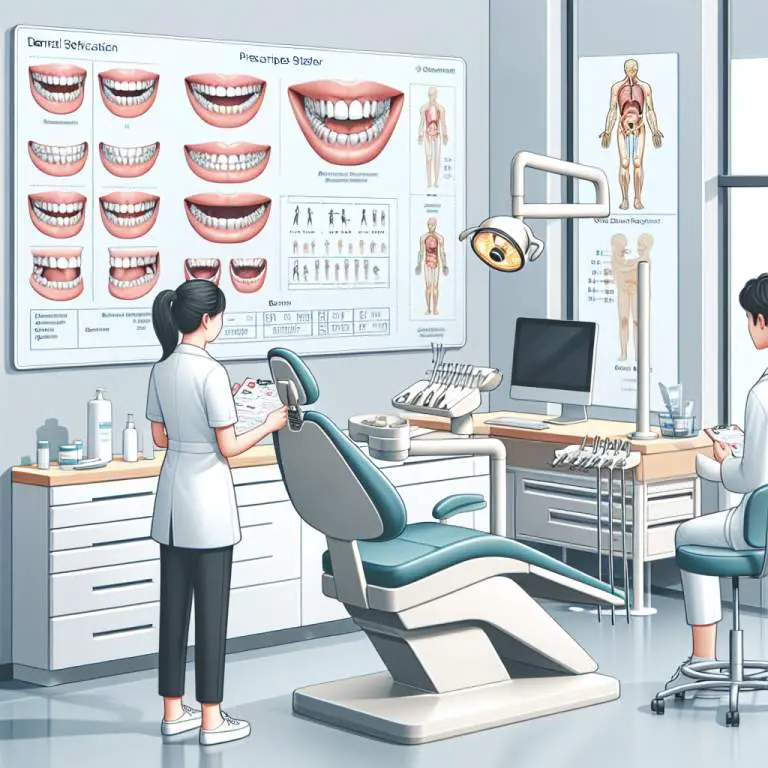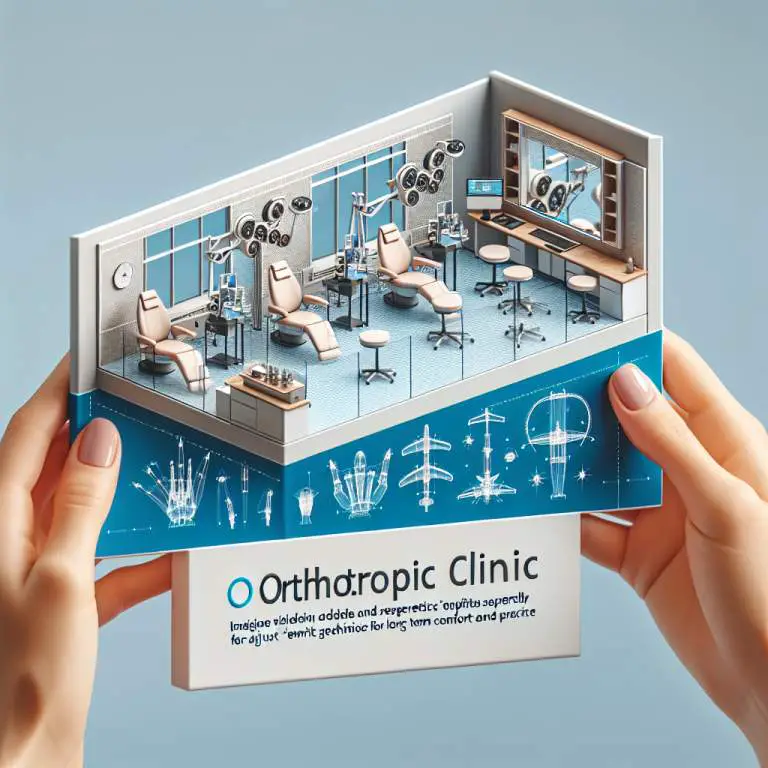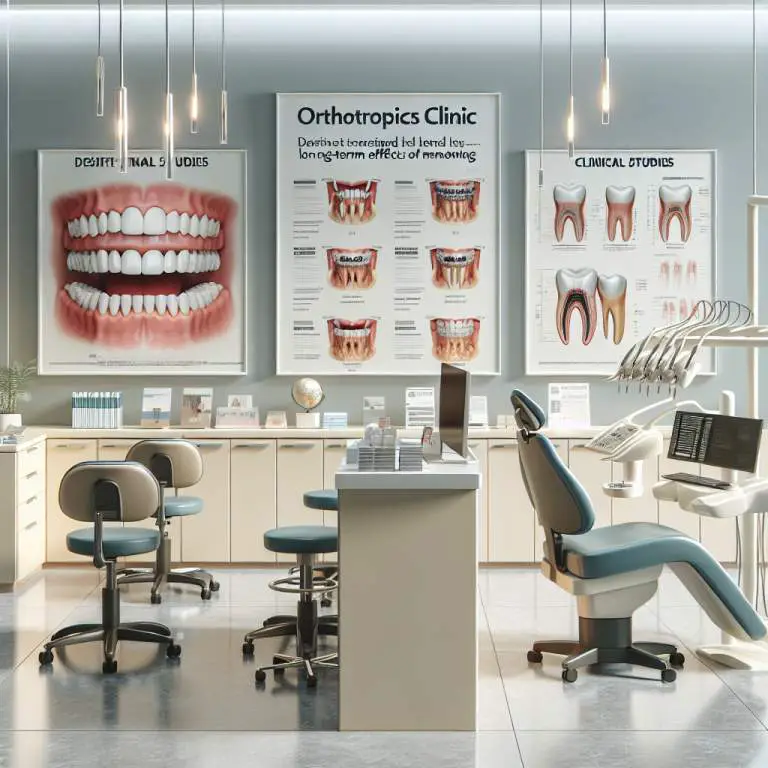Are the long-term effects of mewing supported by scientific research?
Currently, the long-term effects of mewing, a technique that involves positioning the tongue against the roof of the mouth to supposedly improve facial structure, are not strongly supported by scientific research. Most evidence comes from anecdotal reports and personal testimonials rather than rigorous scientific studies. Researchers have yet to conduct extensive studies to conclusively prove the long-term benefits claimed by proponents of mewing.

How does mewing theoretically work to reshape the jawline?
Mewing is a technique that involves placing your tongue against the roof of your mouth. This position is supposed to help change the shape of your jawline over time. The idea is that by keeping your tongue in this specific spot, you’re applying gentle pressure. This pressure might help in reshaping the bones in your face and jaw.
People who support mewing believe that it encourages proper oral posture. They say that this correct positioning can lead to a more defined jawline. The theory suggests that our modern lifestyle, including how we chew and breathe, has led to changes in our facial structure. Mewing aims to counteract these effects by promoting what its proponents consider a more natural alignment of the jaw and teeth.
What are the claimed long-term benefits of mewing?
Supporters of mewing claim it can provide several long-term benefits beyond just a sharper jawline. They suggest it can improve breathing, leading to better sleep and reduced snoring. Some even believe it can enhance facial symmetry and overall appearance, making faces look more balanced and attractive.
Another claimed benefit is improved dental health. By promoting proper tongue posture, mewing is said to reduce the risk of developing crooked teeth or needing braces. These benefits are believed to stem from encouraging natural growth patterns in the face and jaw area, aligning teeth correctly without artificial intervention.
Is there any scientific evidence supporting the effectiveness of mewing?
The scientific community remains skeptical about mewing’s effectiveness due to a lack of comprehensive studies. While some anecdotal evidence exists—people sharing their personal success stories online—there hasn’t been enough rigorous scientific research conducted on mewing to confirm its claims.
Most information about mewing comes from personal testimonials rather than controlled studies. Because individual experiences can vary widely based on numerous factors, they don’t provide the level of evidence needed to support medical claims. As such, while some people report positive changes from mewing, these outcomes cannot be universally expected or scientifically verified at this time.
How do experts in orthodontics and facial anatomy view mewing?
Experts in orthodontics and facial anatomy tend to be cautious about endorsing mewing as a technique for reshaping the jawline or improving oral health. Many professionals argue that significant changes in bone structure require more than just changing where you rest your tongue.
Orthodontists often point out that while proper tongue posture can play a role in maintaining oral health, dramatic transformations typically require traditional orthodontic interventions like braces or surgery. They emphasize the importance of evidence-based treatments over unproven methods like mewing for achieving significant anatomical changes or correcting misalignments.
| Study/Review | Year | Key Findings | Relevance to Mewing |
|---|---|---|---|
| No significant peer-reviewed studies specifically on mewing as of 2023 | N/A | N/A | Lack of direct scientific evidence on the long-term benefits of mewing. |
| Orthodontic literature on proper tongue posture and facial development | Various years | Evidence supports the importance of correct tongue posture for orofacial development. | Suggests a theoretical basis for some claims made by proponents of mewing, but not directly about mewing itself. |
| Research on orthotropics (related field) | Various years | Studies in orthotropics indicate potential benefits from improved oral posture on facial structure. | Mewing is often associated with orthotropic principles, suggesting indirect support for its practices. |
| Note: The term “mewing” refers to techniques popularized online for improving facial aesthetics through specific tongue postures. Despite anecdotal reports, direct scientific research specifically validating these claims remains scarce as of 2023. Interested individuals should consult healthcare professionals before adopting new health practices. | |||
Can mewing cause harm or have negative side effects?
Mewing, when done incorrectly, can lead to some problems. For example, applying too much pressure with the tongue against the roof of the mouth might cause discomfort or pain. This is because the muscles and joints in that area are not used to such pressure.
Also, if someone tries to change their natural jaw position too much, it could lead to issues with how their teeth fit together. This is known as malocclusion. It might make chewing difficult or cause jaw pain. So, while mewing aims to improve appearance and health, doing it wrong can have opposite effects.
What are the limitations of existing research on mewing?
The main issue with current studies on mewing is that there aren’t many of them. The few that exist are often small in scale and don’t follow scientific methods strictly. This makes it hard to say for sure if mewing works as claimed.
Another problem is that most research relies on personal reports from people who have tried mewing. These accounts can be biased because people might expect to see improvements just because they believe in the method. Without objective measurements from experts, it’s tough to trust these results fully.
Are there alternative methods supported by more robust scientific evidence for jawline reshaping?
Yes, there are more scientifically backed ways to alter the shape of your jawline. One popular method is orthodontic treatment, like braces or clear aligners. These tools can adjust how your teeth fit together, which can change the outline of your jaw over time.
Surgical options also exist for more significant changes. Procedures like jaw surgery (orthognathic surgery) can correct misalignments between the upper and lower jaws. These methods have been studied extensively and show clear results under medical supervision.
Final Thoughts
Mewing has gained attention as a simple technique for reshaping the jawline without surgery or braces. However, it’s important to approach it with caution due to potential risks and the lack of solid research backing its effectiveness.
If you’re considering trying mewing or any other method for changing your facial structure, talking to a professional first is wise. They can offer advice based on scientific evidence and help you find a safe and effective solution tailored to your needs.







